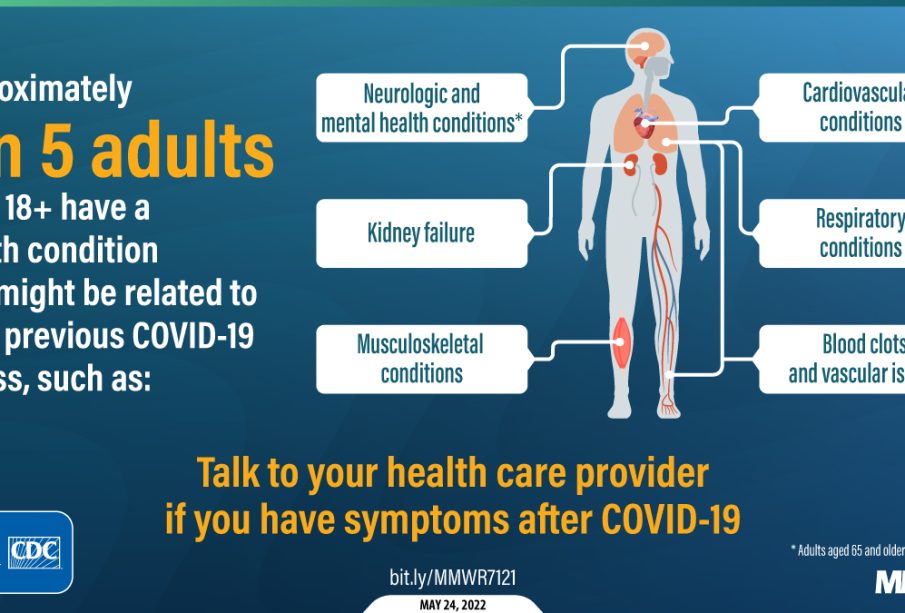Understanding the Symptoms of New COVID Strains

Introduction
As the world continues to grapple with the COVID-19 pandemic, health experts are closely monitoring emerging variants of the virus. The evolution of new strains is a critical issue for public health, as different variants can exhibit varying symptoms and transmission patterns. Understanding the symptoms associated with these new COVID strains is vital for early detection, containment efforts, and informing the public about the potential risks involved.
Latest Findings on Symptoms
Recent studies have reported that new variants of the COVID-19 virus, such as the recent strain identified in late 2023, may present distinct symptoms compared to earlier variants. According to a report published by the World Health Organization (WHO), individuals infected with the new variant often experience traditional symptoms like fever, cough, and loss of taste or smell, but there can also be new or unusual manifestations.
Some patients have reported an increase in gastrointestinal symptoms, such as nausea and diarrhoea, which were less common in prior infections. Additionally, early signs of infection may include severe fatigue and muscle aches that present similarly to flu-like symptoms. This variation in symptoms can contribute to delays in seeking treatment, which underscores the need for widespread public education.
Health Advisory and Recommendations
In light of the evolving situation, health authorities recommend that individuals remain vigilant and monitor any changes in their health. It is particularly crucial for high-risk populations, including older adults and those with pre-existing medical conditions, to be cautious and consider regular testing if they exhibit symptoms associated with the new strains.
The UK Health Security Agency continues to emphasise the importance of vaccination as a fundamental strategy for protecting against severe outcomes from all COVID-19 strains. Studies indicate that vaccinated individuals experience milder symptoms even when infected with these newer variants, further highlighting the importance of vaccination in the ongoing battle against COVID-19.
Conclusion
As new COVID strains continue to emerge, understanding their symptoms is critical for effective public health responses. Keeping informed about potential changes in symptoms can aid in early detection and treatment, ultimately reducing transmission and improving outcomes for those affected. The situation is dynamic, and ongoing research will be key to adapting our approach and ensuring community safety. Readers are encouraged to stay updated with health advisories and local guidelines as further information about these new strains emerges.









